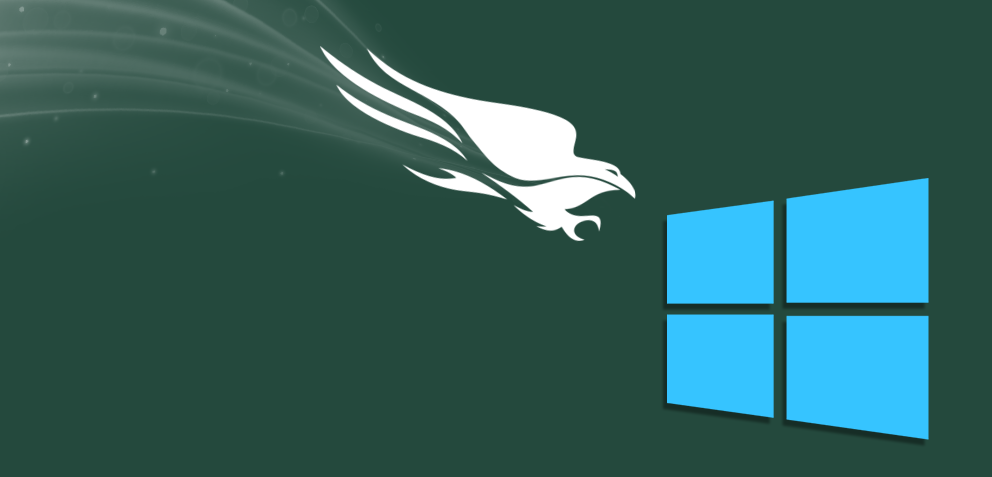Microsoft Outage- A Tale Of Tech Terror And User Despair!


Last Friday, a day commonly associated with superstition, became a digital disaster for millions worldwide. The introduction of CrowdStrike, a cybersecurity program, accidentally turned into a digital wrecking ball, crashing Windows systems worldwide. It was a disastrous combination of technology malfunctioning globally, causing users to feel as if they were experiencing a real-life version of “Black Mirror.”
The outage was just as unexpected as it was widespread. Individuals were suddenly cut off from their online existence from busy cities to tranquil countryside areas. Employees sat motionless in deserted offices, gazing at unresponsive monitors. As students were free from the online classroom, schools became spontaneous playgrounds. While working from home, individuals found it difficult to distinguish between their professional responsibilities and personal lives, experiencing either the benefits or drawbacks of being without technology.
The exact reason for the outage is still under close examination with technical terms, but it seems that a compatibility problem between CrowdStrike and Windows systems was the main factor. The software meant to safeguard systems turned into the antagonist in the digital drama, showcasing a typical scenario of well-meaning intentions turning detrimental.
Corporate users worldwide first reported the issues with Windows early on Friday morning, beginning the chain of events. Initially, Microsoft Azure was seen as the source of the problem, but later, CrowdStrike clarified that the issue actually stemmed from the agent.sys or C-00000291*.sys driver for its CrowdStrike EDR. This driver led to numerous foolish office photos displaying the (dreaded) blue screens.
The outage had a widespread impact. Companies experienced financial losses because of operational interruptions, decreased productivity, and overloaded customer service. Schools and universities had to utilize traditional teaching techniques, which could have been a refreshing change for some students. And for people, being unable to access emails, social media, or online banking led to a shared experience of digital withdrawal.
It shows how clever humans can be to adjust to such abrupt changes. Individuals sought solace in books, board games, and personal discussions. Some people rekindled their interest in letter writing, while others relished the tranquility. It clearly indicated that technology is essential in our lives but not irreplaceable.
The power cut also emphasized the weakness of our digital infrastructure. A single point of failure can cause our intricate network of systems and software to fail. This event reminds both businesses and individuals to prioritize data backup, disaster recovery plans, and alternative communication methods.
As the global population gradually recovered from the digital catastrophe, there was a feeling of shared relief and strength. It was a common virtual experience that connected people. Despite the frustration caused by the outage, it also gave us a chance to contemplate our technology usage.
Preventing this situation should have been simple. Initially, the update’s release should have been scheduled for a different Friday. This is a well-known industry rule that states if an error occurs just before the weekend, there isn’t enough time to fix it, so system administrators at affected companies must work through the weekend to resolve the issue.
Being as accountable as possible regarding the caliber of updates issued is crucial. In 2009, Kaspersky initiated a program to avoid incidents like this one with our clients and completed a SOC 2 audit affirming the safety of our internal procedures. For 15 years, each update has undergone extensive performance testing on different configurations and versions of operating systems. This enables us to anticipate issues early and address them immediately.
We should adhere to the concept of releasing in small increments. Changes must be rolled out slowly, not simultaneously, to all clients. This method enables us to respond quickly and halt an update if needed. When our users encounter an issue, we note it and ensure that finding a solution becomes a top priority for everyone in the company.
A worldwide system breakdown might appear as a minor annoyance in the big picture. However, it serves as a gentle prompt that human interaction and in-person experiences are still valuable despite living in an interconnected world. As we progress, finding a middle ground between adopting technology and preserving our capacity to operate in a technology-free environment is crucial.